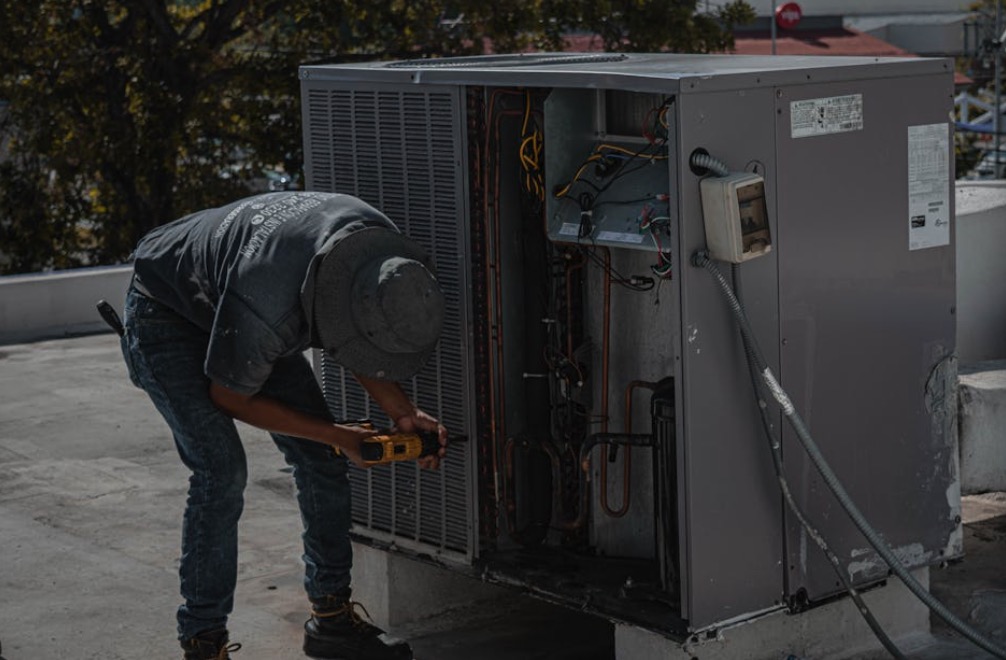Thread Temperature Sensor: A Complete Guide to Temperature Monitoring
Article Summary:
Thread temperature sensors are essential devices for monitoring temperatures in various applications. They are widely used in industries such as healthcare, transportation, and manufacturing. This article will provide you with a comprehensive guide to thread temperature sensors, including their benefits, types, and applications.
Contents:
I. Introduction
II. What is a Thread Temperature Sensor?
III. Benefits of Thread Temperature Sensors
IV. Types of Thread Temperature Sensors
V. Applications of Thread Temperature Sensors
VI. How to Choose the Right Thread Temperature Sensor
VII. Installation and Maintenance of Thread Temperature Sensors
VIII. Conclusion
I. Introduction:
Temperature monitoring is crucial in various applications to ensure the safety and quality of products and processes. Thread temperature sensors are among the most commonly used devices for monitoring temperatures. They are reliable, accurate, and easy to use, making them suitable for various industries that require temperature monitoring.
II. What is a Thread Temperature Sensor?
A thread temperature sensor is a device used to measure temperature in various applications. It consists of a thermistor or thermocouple probe that senses the temperature and converts it into an electrical signal. The signal is then transmitted to a controller or display unit where it can be monitored or recorded.
III. Benefits of Thread Temperature Sensors:
– Accurate temperature measurement: Thread temperature sensors provide highly accurate and reliable temperature measurements, ensuring the safety and quality of products and processes.
– Wide application range: Thread temperature sensors can be used in various industries such as healthcare, transportation, and manufacturing.
– Easy to use: Thread temperature sensors are easy to install and operate, making them suitable for both novice and experienced users.
– Real-time monitoring: Thread temperature sensors provide real-time temperature monitoring, allowing for quick action in case of temperature variations.
IV. Types of Thread Temperature Sensors:
– Thermocouple sensors: These sensors consist of two wires made of different metals. When the wires are connected, they produce a voltage that is proportional to the temperature difference between the junctions.
– RTD sensors: Resistance temperature detectors (RTDs) use a metal conductor such as platinum, copper, or nickel to measure temperature. The resistance of the conductor changes with temperature, allowing for temperature measurement.
– Thermistor sensors: These sensors use a semiconductor material that changes resistance with temperature. The resistance change is then used to measure temperature.
V. Applications of Thread Temperature Sensors:
Thread temperature sensors can be used in various industries such as:
– Healthcare: Thread temperature sensors are used to monitor the temperature of patients in hospitals and clinics.
– Transportation: Thread temperature sensors are used to monitor the temperature of goods during transportation to ensure they are not exposed to extreme temperatures that can affect their quality.
– Manufacturing: Thread temperature sensors are used to monitor the temperature of machinery and equipment during production to ensure they operate within safe temperature ranges.
– Food industry: Thread temperature sensors are used to monitor the temperature of food products during storage and transportation to ensure their quality and safety.
VI. How to Choose the Right Thread Temperature Sensor:
When choosing a thread temperature sensor, consider factors such as:
– Temperature range: Choose a sensor that can measure temperatures within the required range for your application.
– Response time: Choose a sensor that provides real-time temperature monitoring that meets your needs.
– Accuracy: Choose a sensor that provides accurate temperature measurements.
– Environmental conditions: Consider the environmental conditions where the sensor will be installed to ensure it can withstand harsh conditions such as vibration, moisture, or chemicals.
VII. Installation and Maintenance of Thread Temperature Sensors:
Proper installation and maintenance of thread temperature sensors are essential for their optimal performance. Follow these tips:
– Properly install the sensor in the application area following the manufacturer’s instructions.
– Regularly check the sensor for signs of damage or wear and tear.
– Calibrate the sensor periodically to ensure accurate temperature measurement.
VIII. Conclusion:
Thread temperature sensors are essential devices for temperature monitoring in various applications. They provide accurate, reliable, and real-time temperature measurements, ensuring the safety and quality of products and processes. When choosing a thread temperature sensor, consider factors such as temperature range, response time, accuracy, and environmental conditions. Proper installation and maintenance are crucial for their optimal performance.

How to Choose Between PT100, Thermocouple, and NTC Sensors
When it comes to measuring temperature in various applications, selecting the right sensor is critical for achieving precision, reliability, and efficiency. Among the most popular options are PT100 sensors, thermocouples



